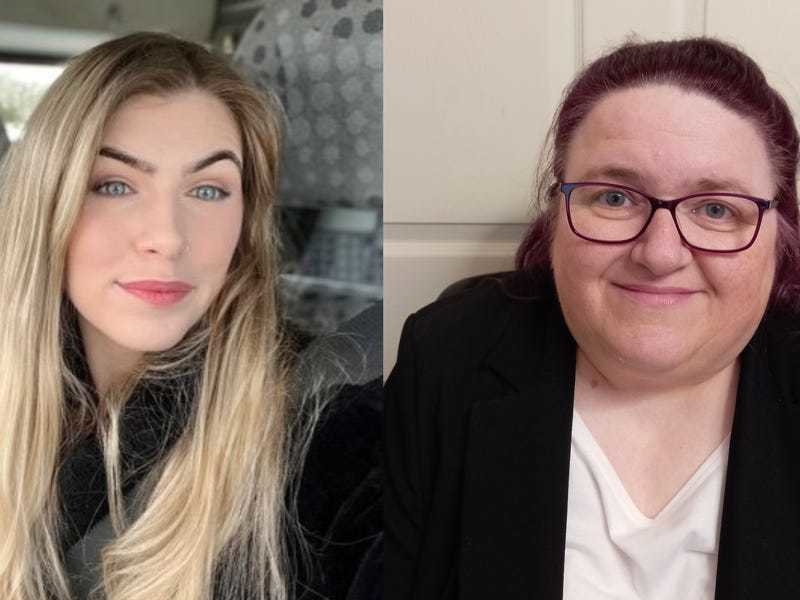Easy, quick navigation is essential; customers are like goldfish… they have a maximum attention span of seven seconds, then, if they can’t find what they want, they switch to a competitor, or become frustrated.

Here are some frequent comments and tips to take into account:
‘It is designed to international standards/best practice/Google guidance’
- The ‘rules’/guidance are a great start, however usability is not clear-cut, there are differences in perceptions, expectations and experience for someone in the US, the UK and indeed deepest, darkest St Ouen, yet alone across the varied ages and tech savviness.
- Testing websites and apps with target users via various appropriate scenario/tasks has revealed that text size is often too small for easy navigation, especially on tabs.
- Set your potential users a few tasks, observe them quietly, note their journeys and routes, times to successful task achievement, then seek feedback and listen attentively.
‘We are not at a stage to test’
User testing can be carried out at many stages of the process: proof of concept stage, wire-frame, beta site or full site, with useful insight being provided at all points. Generally, the earlier and more frequently testing is implemented the better, as it can save a great deal of time and cost in the long run. We often conduct UX interviews in phases, for example in website redesign we test the original site, highlighting the key features required by users, as well as eliciting the positioning, comparing to competitors, before work on a new user-centric design starts. Creative designers get so much value from observing and listening to your target customers.
‘We have analytics data’
User testing complements analytics and allows us to understand why someone may spend so much (or so little) time on a page. We often compare time to first fixation (looking at something) to time of first click. This, combined with discussion in interview, allows us to ascertain why someone may have glanced over something. Eye tracking provides data on time to first fixation and first click, as well as showing what has not been noticed, plus it enables visualisations such as heat maps, gaze plots and allows comparison to mouse hover etc.
For example, a user may take 20 seconds to click a call-to-action button. Traditional methods will not tell you the text actually read, the images seen, or any other factors that gained attention before the click. We often see users staring at buttons which are key to their optimal path, only for them to reveal they did not link the wording to the scenario.
l4insight helps businesses understand what matters most to customers/targets and why. They have over ten years’ global experience of user testing (often with the added dimension of biometric testing, eye tracking) and customer experience research, exploring the emotional as well as the
rational.






